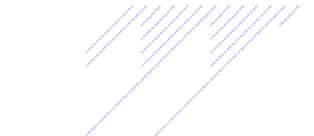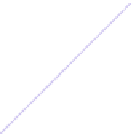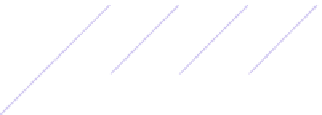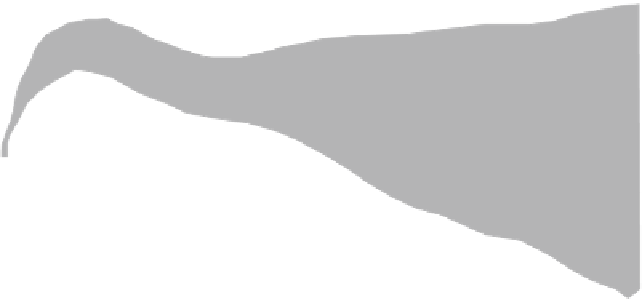Environmental Engineering Reference
In-Depth Information
For the concentration distribution at ground level (
z ¼
0) follows:
exp
v
x
Q
v
4
x
y
2
D
y
þ
H
2
D
z
cðx; yÞ¼
px
p
exp
(16.22)
2
D
y
D
z
For a tracer component (i.e. without decay) in terms of standard deviations the
corresponding formula reads:
y
2
s
y
2
þ
H
2
s
z
2
Q
pvs
y
s
z
1
2
cðx; yÞ¼
exp
(16.23)
(see: Vaz and Ferreira
2004
). Applying the principle of superposition (see Chaps. 14
and 15) the formula can be used to account for several stacks. The contributions from
the different sources, calculated by formula (
16.21
), have to be added.
Such models are used extensively for estimations of the local development of
a plume in the atmosphere. For the most common application of release from
a stack, the parameters are visualized in Fig.
16.6
. The Gaussian models take into
account diffusive processes, advection with a mean air flow direction (wind), and
first order decay. The term diffusion here is used as an umbrella term for various
processes which have in common the tendency to lower concentration or tempera-
ture gradients. Diffusion at the molecular scale can surely be neglected in the
atmosphere, while variations and fluctuations at various scales within the velocity
field are the cause for the observation of diffusion at a larger scale. Moreover,
turbulence adds as another origin of diffusion.
Idealized conditions are assumed for these processes if formula (
16.21
) has to be
applied. Other processes, which often play an important role in the atmospheric
Washout
z
Degradation
Diffusion
Reaction
v
Advection
H
Decay
y
Dry
Deposition
Wet
Deposition
x
Fig. 16.6 Release from a stack; Schematic illustration of parameters and processes


